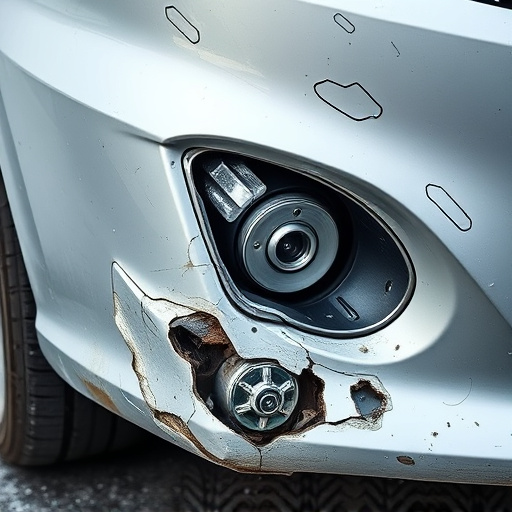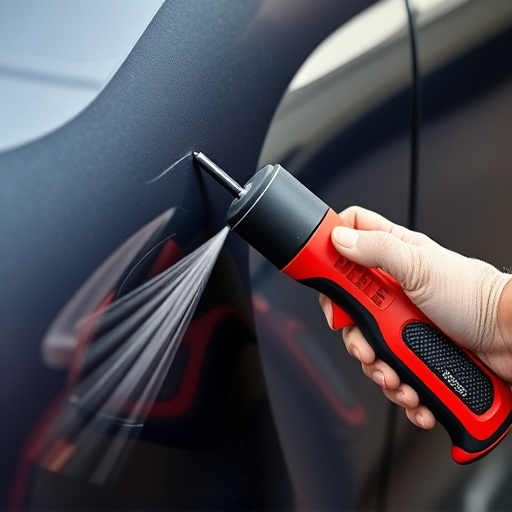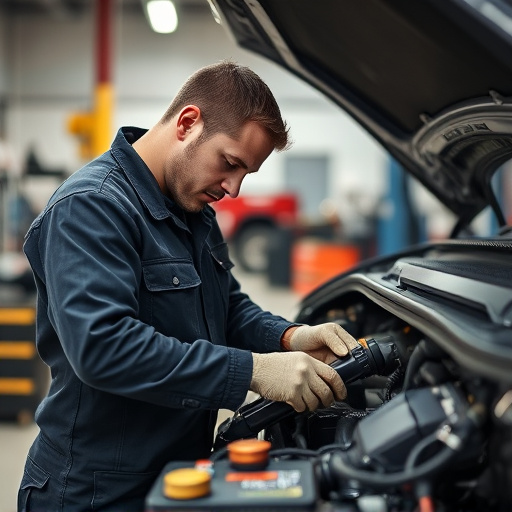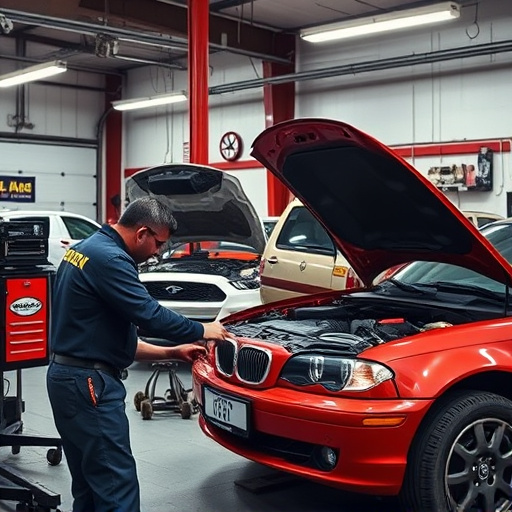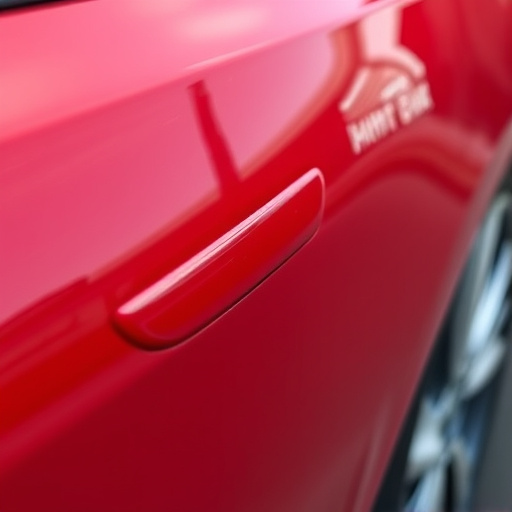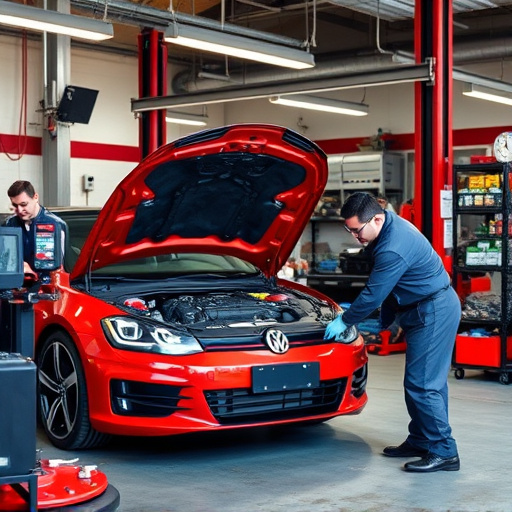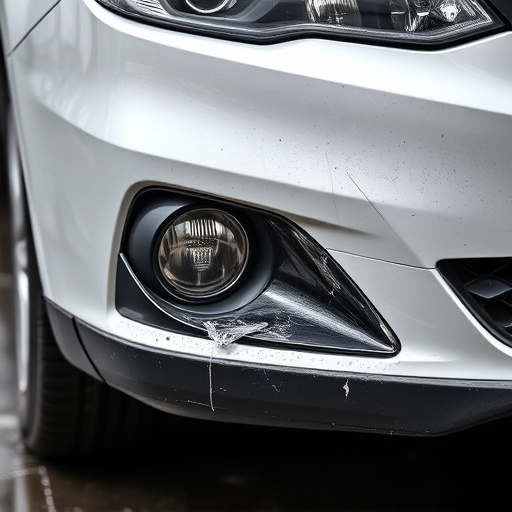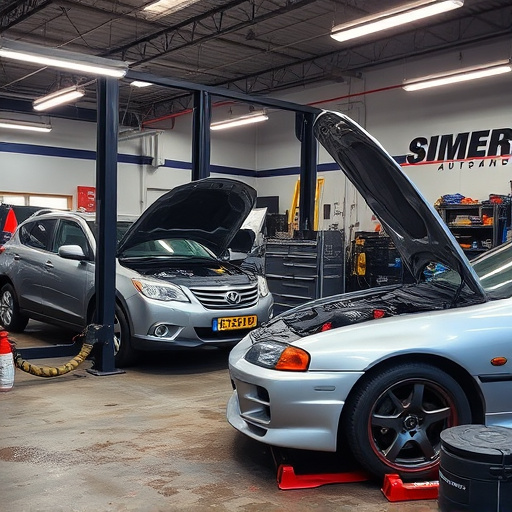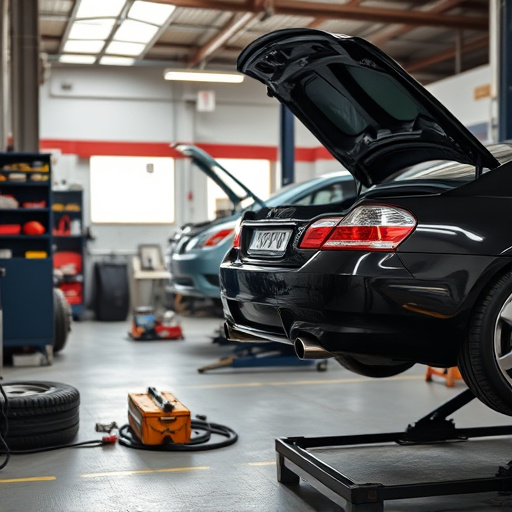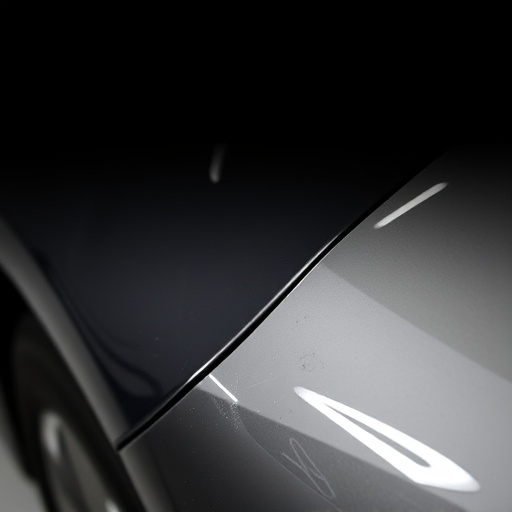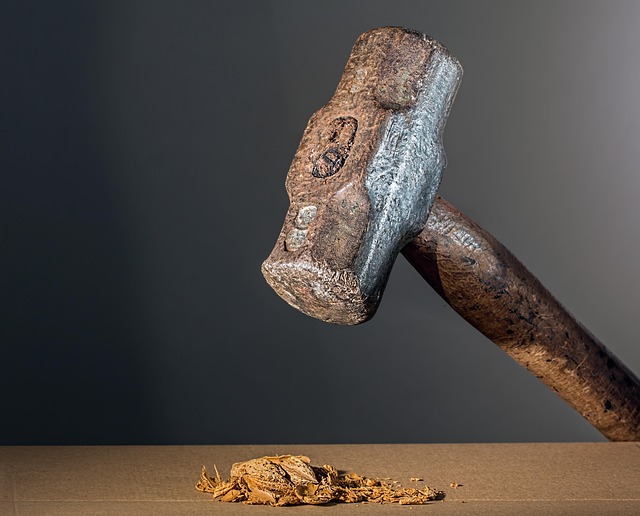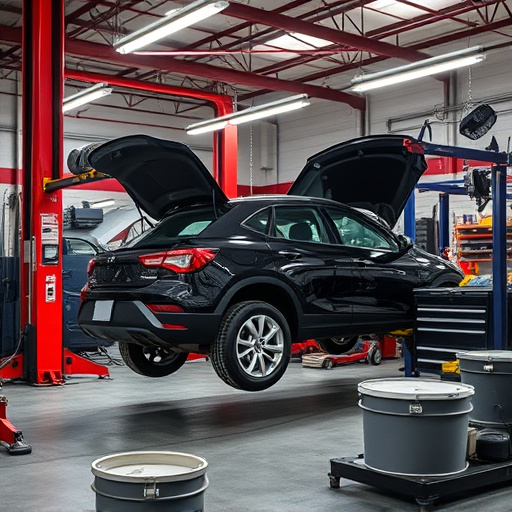Mercedes precision alignment optimizes vehicle performance by meticulously adjusting camber, caster, and toe settings. Camber controls wheel angle, impacting handling and tire wear; caster aligns steering for stability; toe settings enhance grip during turns. Expert technicians use advanced equipment for precise calibration, extending tire life and improving control, leading to a smoother, safer ride and reduced collision repair needs.
Mercedes precision alignment is a key aspect of vehicle maintenance that ensures optimal performance and handling. This comprehensive guide delves into the fundamentals of Mercedes precision alignment, focusing on crucial settings like camber, caster, and toe. By understanding these parameters, car owners can unlock enhanced stability, improved tire wear, and a more responsive driving experience. Learn how precise adjustments can transform your Mercedes’ dynamics and why it’s an essential practice for any serious driver.
- Understanding Mercedes Precision Alignment Fundamentals
- Camber, Caster, and Toe Settings Explained
- Optimizing Performance through Precise Alignment Techniques
Understanding Mercedes Precision Alignment Fundamentals
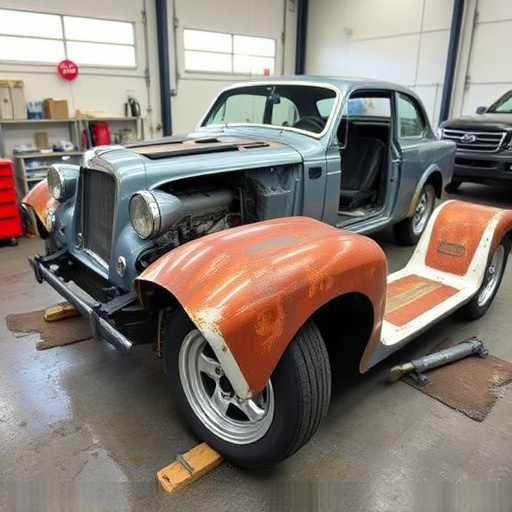
Understanding Mercedes precision alignment involves grasping the core components that ensure your vehicle’s optimal performance and safety. This includes camber, caster, and toe settings—each playing a vital role in how your car interacts with the road. Camber controls the angle of your wheels relative to the ground, influencing both steering precision and tire wear. Caster, on the other hand, dictates the alignment of the steering axis, affecting stability and handling. Toe settings refer to the forward or backward position of the wheels, crucial for aligning your vehicle during cornering.
Getting these settings just right is a delicate balance that requires expertise. That’s where a reputable collision repair center comes in—their skilled technicians use advanced equipment to precisely calibrate these alignments, guaranteeing not only smooth rides but also prolonging the life of your tires and enhancing overall vehicle control. Think of it as fine-tuning your Mercedes for peak performance, safety, and longevity.
Camber, Caster, and Toe Settings Explained
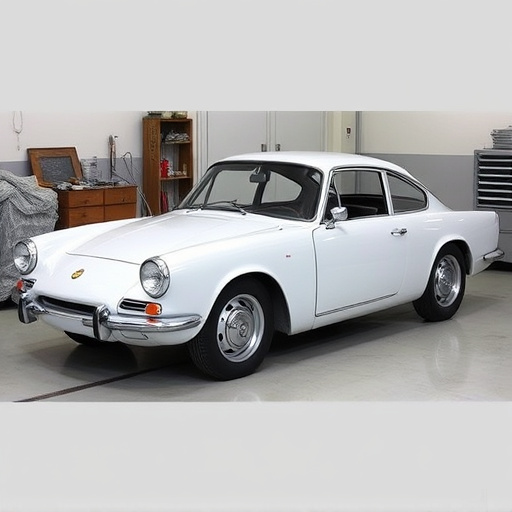
In the context of Mercedes precision alignment, understanding camber, caster, and toe settings is key to ensuring optimal vehicle performance and handling. Camber refers to the angle of the wheel as it intersects with the ground, measuring from the top to the bottom of the tire. Positive camber (when the top of the tire is farther from the vehicle center) improves cornering by allowing for increased trail, while negative camber (top of the tire closer to the center) enhances on-center handling.
Caster, on the other hand, relates to the steering axis’ angle relative to a vertical line passing through the center of gravity of the vehicle. It influences steering response and stability, with positive caster (steering axis slopes forward from the point of contact with the road) promoting quick steering responses and reduced wander, while negative caster can lead to improved high-speed stability. Toe settings, meanwhile, describe the parallel or converging condition of the wheels when viewed from above. Proper toe settings enhance grip during cornering, balance straight-line stability, and contribute to overall Mercedes precision alignment, ensuring a smooth and responsive driving experience whether in a collision center undergoing dent repair or on a bustling highway.
Optimizing Performance through Precise Alignment Techniques

Optimizing Performance through Precise Alignment Techniques
Mercedes precision alignment is more than just a tweak; it’s a strategic process that significantly enhances vehicle performance and safety. By meticulously adjusting camber, caster, and toe settings, automotive repair services experts ensure each wheel is aligned perfectly with the vehicle’s frame. This precise engineering allows for improved tire wear, enhanced handling dynamics, and better control during diverse driving conditions.
In the world of Mercedes benz collision repair, accurate alignment goes beyond aesthetics. It directly impacts the overall driving experience, fuel efficiency, and even longevity of the vehicle’s critical components, such as tires and suspension systems. When aligned correctly, these parts work in harmony, enabling car body repair to be more effective and less frequent, contributing to a smoother, safer, and more enjoyable ride for drivers.
Mercedes precision alignment is a key component in maintaining optimal vehicle performance. By meticulously adjusting camber, caster, and toe settings, drivers can ensure their cars handle smoothly, reduce tire wear, and improve overall driving experience. Understanding these fundamentals enables car enthusiasts to make informed decisions about their vehicle’s setup, ultimately enhancing both safety and enjoyment on the road.
